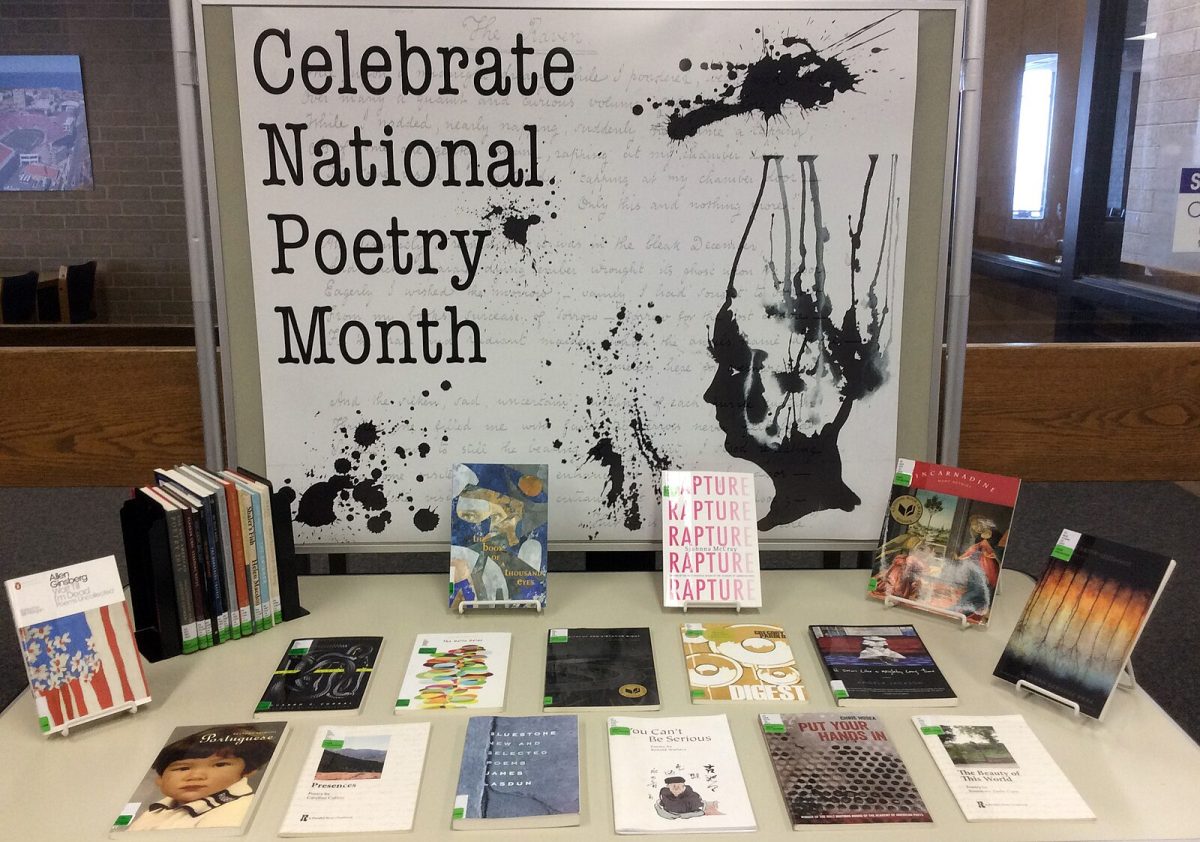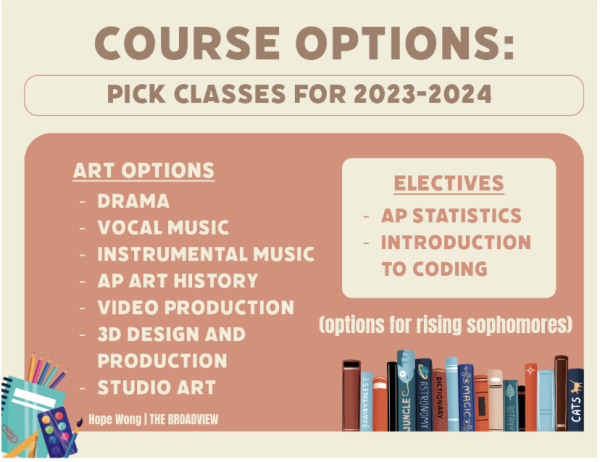App-pealing trends
Mobile applications make mark on communities, then fade with the next fad.
Sophomores Natalie Barnes, Abby Anderson, Sofia Pirri and Cece Giarmin en a four-way “houseparty” and wait for others to join. The social networking app, which allows up to eight users to video chat at once while “waving” at others, premiered in August 2016.
March 9, 2017
After watching her older cousin attentively navigate a multi-colored ball through different obstacles on his phone while they sat in the back seat during a road trip, freshman Caroline Thompson decided to give gaming application Color Switch a try.
Grossing over 125 million downloads worldwide, the entertainment app currently ranks number 25 on the top free apps chart in the Apple App Store.
“It’s easy to play and it’s not very hard to figure out,” Thompson said. “If you get bored with one mode you can go to another, there are different themes. It’s just different ways that the little character goes through the obstacle courses.”
Flappy Bird, Trivia Crack, 2048 and Candy Crush are among the numerous games which have circulated through the Convent community over the past few years.
Candy Crush, which currently ranks number 1 on the top grossing apps in the App Store has had a consistent presence within the student body for at least four years.
“Something about matching games I really enjoy,” senior Maya Young said. “For Candy Crush, you had bombs and stuff that you could use to match easily.”
The student body’s infatuation with different app fads largely began when each student had an iPad, according to senior Katie Newbold, who participated in weekly tournaments of the game Dots during her freshman year.
“Everyone had the same technology and could download the same things. It was definitely having an iPad that made it such a big deal,” Newbold said of Convent’s myriad of app trends.
A group of students created the Dots Club in 2013, and members posted their high scores to a Facebook page and compete in multi-player competitions during lunchtime.
“People would have competitions against each other for Dots because they had a multi-player mode and you could play someone else and try to beat them and get the highest score possible,” Newbold said. “You’re really doing nothing but I think everybody liked it because everyone else was playing it.”
The success of an entertainment app’s popularity can be determined by the amount of time it takes to navigate the game and figure out how it works, according to Lori Saltveit, Digital Literacy & Design, Educational Innovation Coordinator. There may not be a high learning curve but there is often a high mastery curve.
“A good app is something that is easy to use,” Saltveit said, “Something that is useful, something that is sustainable. It’s something that you are going to come back to over and over again not just one hit ‘Oh, that was fun’ and then nothing else. Something that you can stick with.”
The popularity of apps can spread through word of mouth, advertising or by trying out new apps on the iTunes charts.
“I used to go on the App Store and get the top free game and just give it a try because my dad told me to,” Young said. “He’s really into video games.”
The accessibility of trendy applications contributes to the app’s popularity, according to Saltveit.
“If you are in a game and you are trying to get to the next level and it takes forever, then that is not going to be that accessible to people,” Salveit said.



















